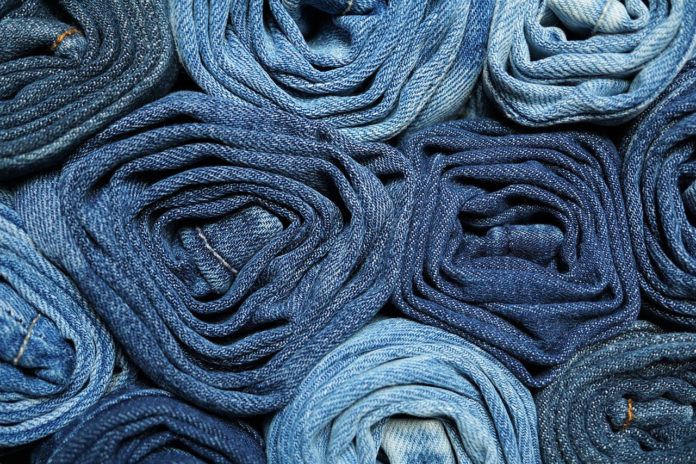Blue jeans must be present in everyone’s wardrobe. Whether it is skinny, distressed, or acid-washed, blue jeans are everyone’s favorite.
But these envied pieces of denim cause harm to the environment by coloration/dying. It takes between 50 to 100 liters of water to dye just one pair of jeans. And that water, chock-full of toxic chemicals, has to go somewhere.
Scientists from the University of Georgia developed a new indigo dyeing technology. Along with reducing water usage, their technique eliminates the toxic chemicals that make the dyeing process environmentally damaging. Also, it streamlines the process and secures more color than traditional methods.
Initially, natural indigo was used to dye textiles. Later, the discovery of producing synthetic indigo completely wiped the natural indigo market off the map.
This new method uses natural indigo and eliminates the use of hazardous chemicals. It also requires only one coat of the indigo to secure over 90% of the color, significantly reducing the amount of water needed to dye the fabric.
In addition, it doesn’t compromise comfort- it keeps the same level of thickness all around. Because of the streamlined process saves workers time and energy by eliminating the need for multiple dips and oxidation time between each dip.
Sergiy Minko, a corresponding author of the study, said, “You don’t reduce the indigo in this process; you don’t dissolve it. You mix it with nanocellulose fibrils and deposit it on the surface of the textile. And you can change the shade of blue by the amount of indigo particles added in the mixture.”
“Nanocellulose is a relatively recent creation that consists of wood pulp you’d normally see used in the paper industry. The new technology mixes indigo particles with the nanofibers and then deposits them on the surface of the textile, essentially “gluing” the color in place.”
This research is a part of a Ph.D. study of Smriti Rai, a doctoral candidate in the Department of Textiles, Merchandising, and Interiors. Other co-authors of the paper include UGA’s Department of Textiles, Merchandising, and Interiors: Raha Saremi, materials researcher and lab manager; and Suraj Sharma, professor.
Journal Reference:
- Smriti Rai et al., Environment-friendly nanocellulose-indigo dyeing of textiles, Green Chemistry (2021). DOI: 10.1039/D1GC02043A
